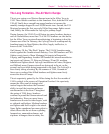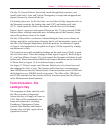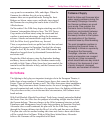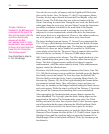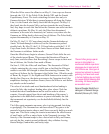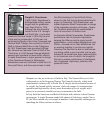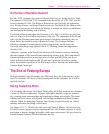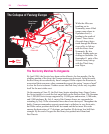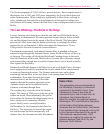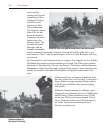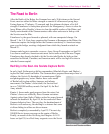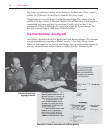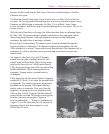
Chapter 7 The Big Picture: A Short History of World War II
155
On the Eve of Operation Overlord
By May 1944, Germany has seen its fortunes fade; they are losing on every front.
The promise of 1940 and 1941 is crushed under the reality of 1942, 1943, and the
first six months of 1944. The Battle of Britain costs the Luftwaffe air superiority
over Western Europe, and keeps Britain in the war. The Battle of the Atlantic robs
Germany of the power to blockade the British; it enables the Allies to turn Britain
into the largest marshaling area in history.
The North African campaigns take Germany’s ally, Italy, out of the war, and give
the U.S. Army its first combat experience of the war. The campaigns in Sicily and
Italy cost the Germans more men and resources, but more importantly, they tie
down forces that could be used in Russia or France. The Strategic Bomber
Offensive damages German industry and civilian morale, and destroys the
Luftwaffe when long-range fighters (the P-51 Mustang) make their appearance
in early 1944.
America’s victories in the Pacific are achieved with limited resources, ensuring
that the creation of the Second Front remains the primary goal. Most importantly,
Operation Barbarossa has turned out to be a hollow gamble; Hitler can do no
better in Russia than Napoleon did. By the time Operation Overlord is taking
place, the relentless pressure of the Red Army is never far from the minds in the
German High Command.
The End of
Festung
Europa
With the breakout from Normandy, the Allies now have the German army on the
run. The Germans will throw a final counterpunch in the Ardennes, but it will be
too little too late.
Racing Toward the Rhine
The Germans who escape the Falaise Pocket after the Allied breakout now become
victims of Allied air superiority. Fighters and fighter bombers roam the summer
sky, strafing troop concentrations and attacking anything with wheels. The roads
leading north are strewn with blasted and burning equipment and dead German
soldiers. When the retreating Germans aren’t being ravaged from the air, Allied
infantry and armor are biting at their heels.
On August 19, U.S. Third Army units cross the Seine at Mantes. On the same day,
French resistance groups stage an uprising in Paris; the German response is token,
and a plan to destroy bridges and public works goes unexecuted. Six days later the
French Second Armored Division liberates the city.



